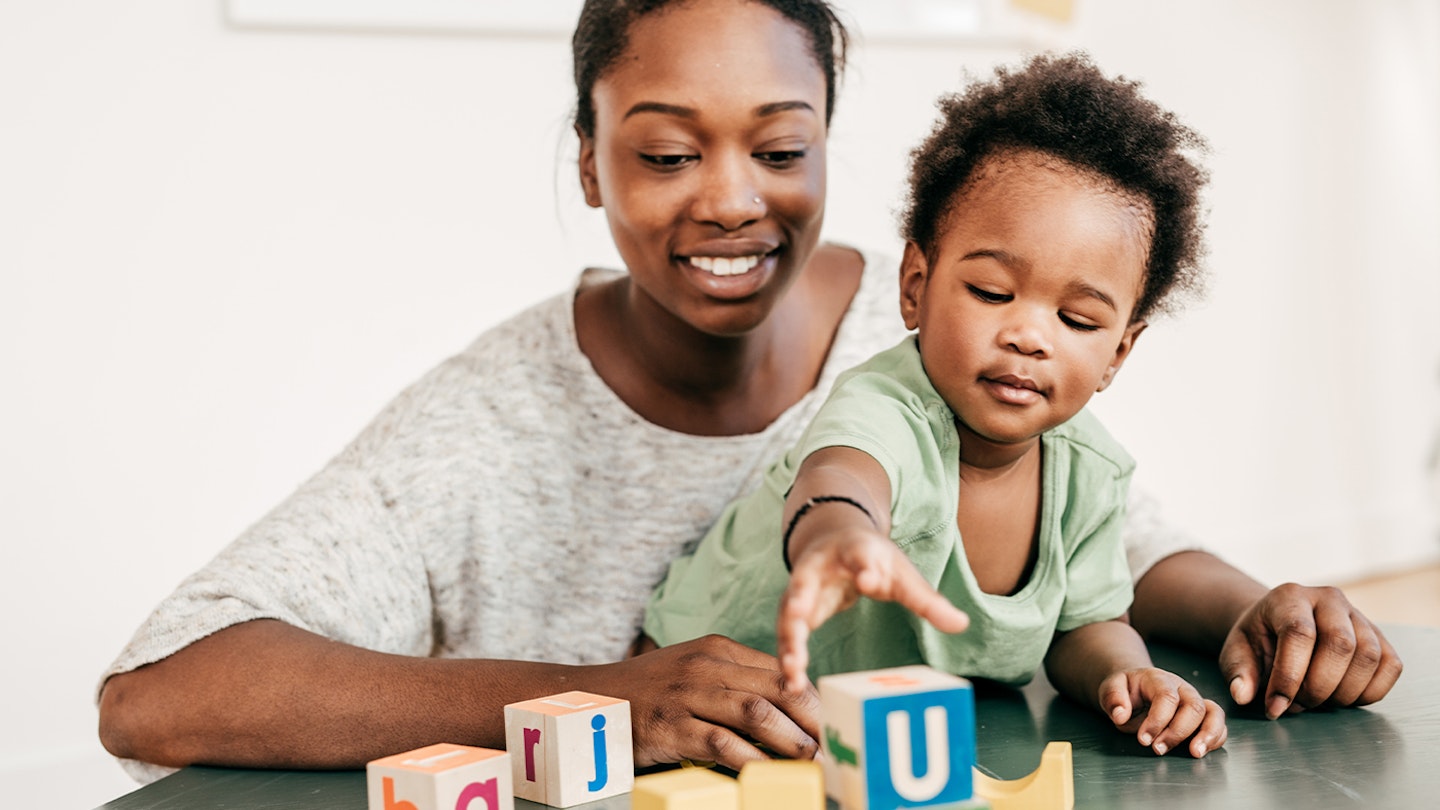While most of us are either a lefty or a righty, it's important we're able to coordinate our weaker side in a controlled manner. It means we can do everyday tasks like tying our laces, riding a bike and fastening buttons.
From an early age, it's vital to have good bilateral coordination, as it's a good indication that both sides of the brain are communicating and working together effectively.
Learning to coordinate both sides of their body from an early age is essential to help them develop their fine motor skills, like threading beads onto string or building blocks, visual motor skills like drawing, catching and cutting and gross motor skills like crawling and climbing stairs.
What does bilateral coordination mean?
Bilateral means both sides, and bilateral coordination is where both sides of the body is used together in an activity.
Activities to develop bilateral coordination
You can help your tot develop their bilateral coordination from an early age by helping them perform certain activities.
Alternating movements - Marching, riding a bike, swimming, climbing, playing with a musical instrument toy such as drums, skipping, walking.
Symmetrical movements - Catching a ball with both hands, pulling on socks or trousers, jumping jacks, drinking out of a cup with both hands, using a rolling pin, clapping hands.
Dominant/non-dominant hand movements - colouring, writing, drawing, cutting, tying shoe laces, playing with play-doh, opening a bottle, tearing paper into pieces, stirring.
What is crossing the midline?
'Crossing the midline' is essential to bilateral coordination and it refers to the action of crossing over the midline of the body - think actions like scratching the elbow or crossing legs.
By 3-4 years of age, your child should have mastered the skill of 'crossing the midline', and at this age, it should start to become clear what side is dominant.
Developing body awareness
Body awareness is where you are aware of where your body is in space without using your vision. For example, how high to lift your legs when climbing the stairs. While small children are developing their body awareness, it's normal for them to appear more clumsy in their movements, so during this time, it's important to keep a close eye on them while they're having a go at these activities.
Some activities for developing body awareness include playing Simon says (and asking your tot to touch different parts of their body or a similar follow the leader game if Simon says is a little too advanced right now for your tot. The Hokey Cokey is also a great song for little ones to have a go at - not only is it great fun, it also helps them coordinate each different part of their body and learn their left from their right.
